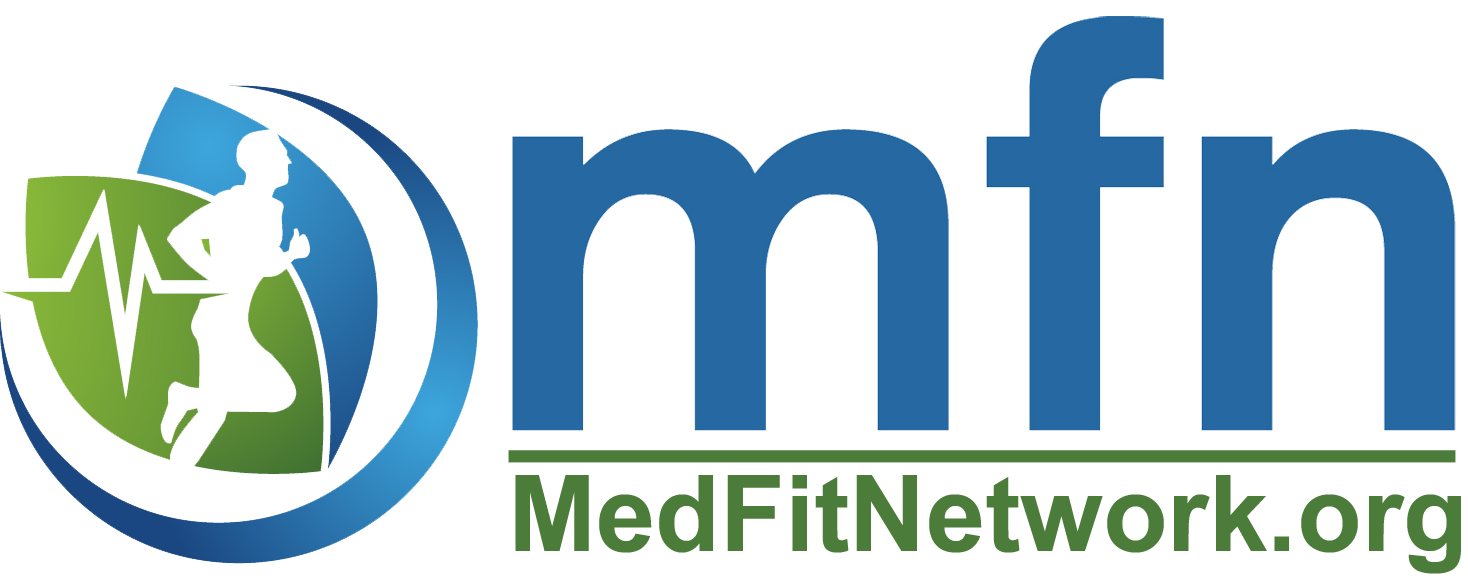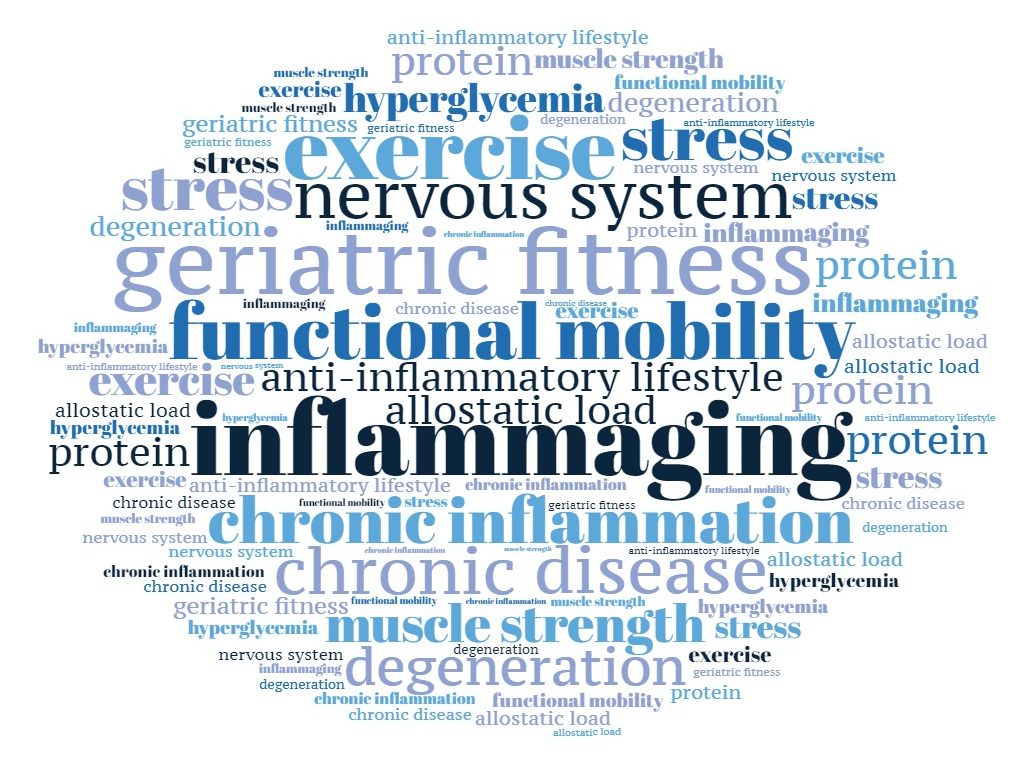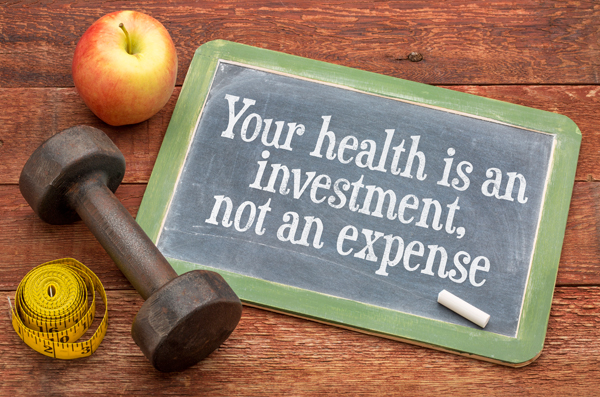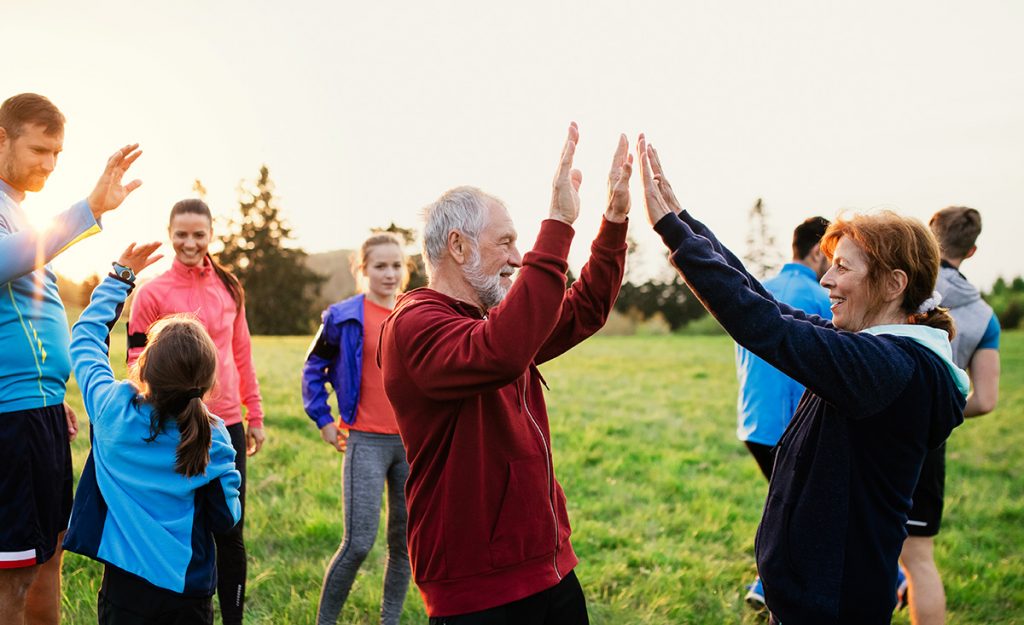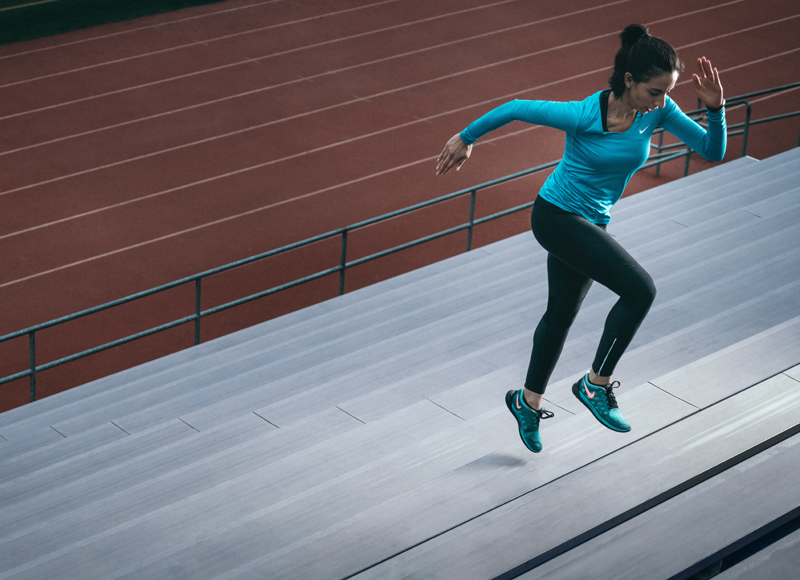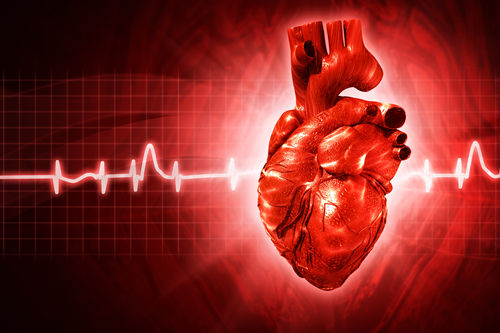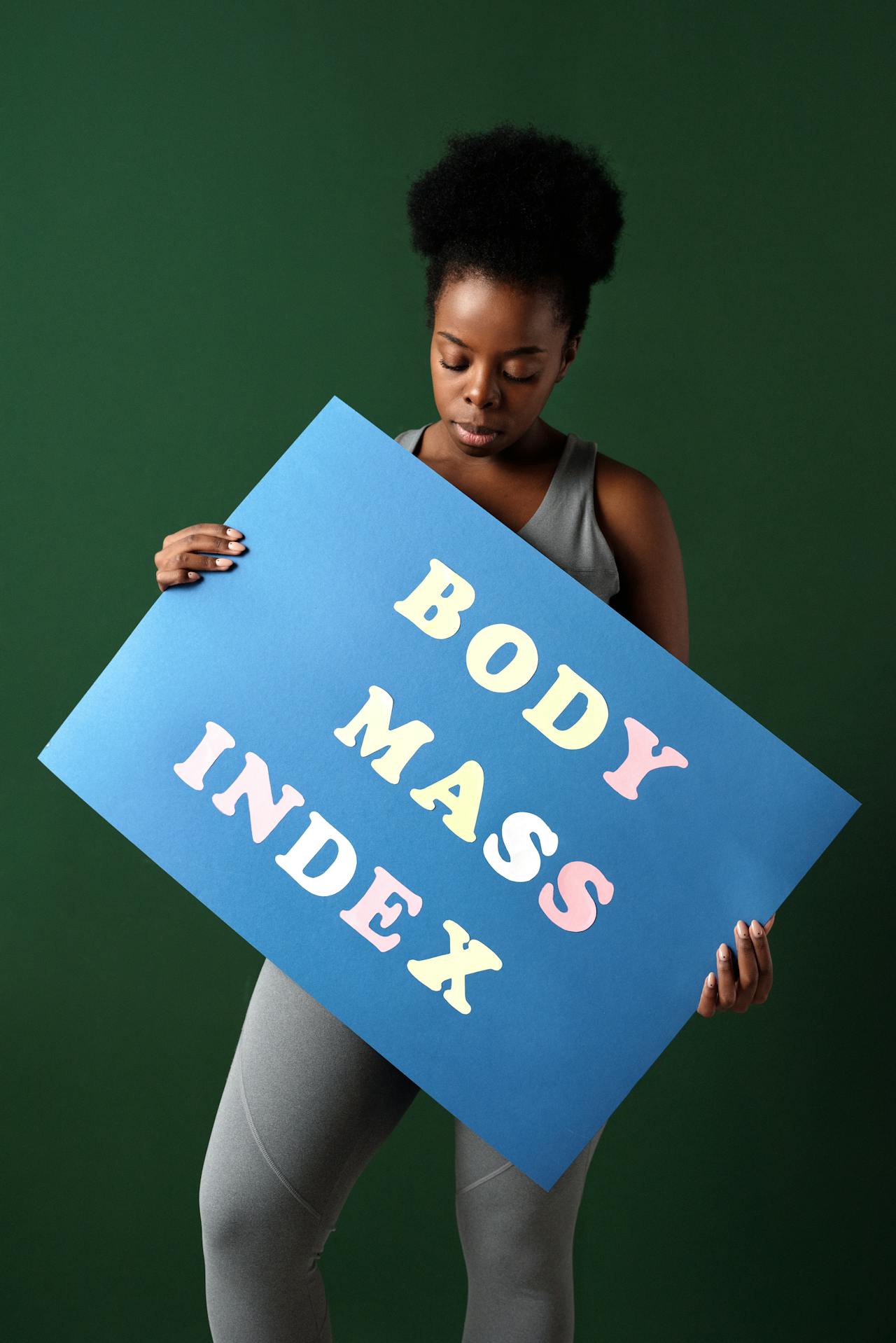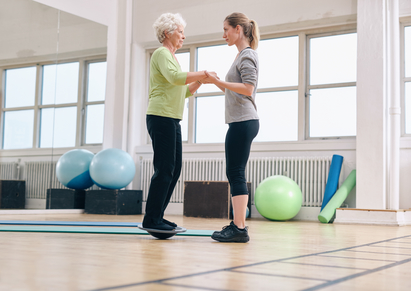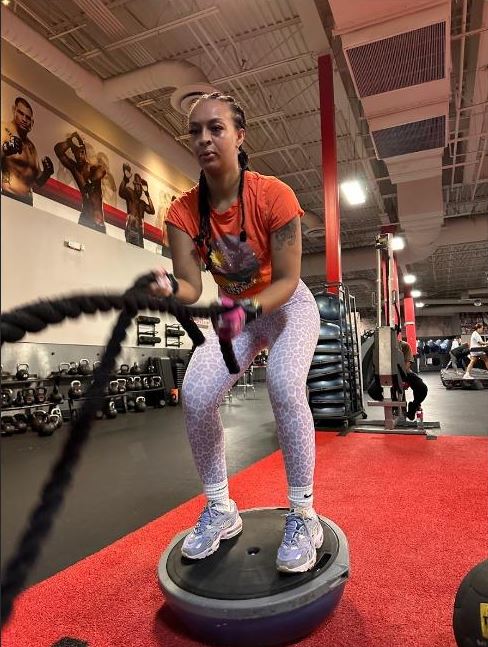Inflammaging: The Link Between Sarcopenia and Cognitive Decline
Awareness is the first step to making changes to live healthier, stronger, and longer. Older adults love to learn, and sharing life-saving information empowers them.
If you ask an older adult client, “What is inflammaging?”, they usually won’t know; yet inflammaging is a key concept to understand because it contributes to the decline of the body and brain, threatening functional independence, and increasing the risk of a devastating fall.
